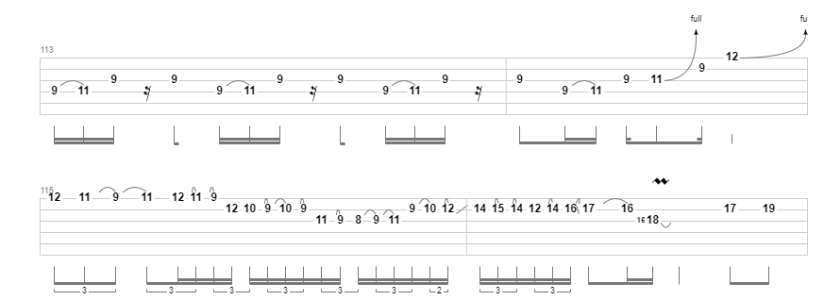GuitarStv
Sock Market Trader
Re: Newer player - can you tell me some areas to focus on?
Well, good news!
You know a lot more scales than you think. If you can play the E minor pentatonic scale in open position, then you can play it at the 12th fret. If you can play it at the 12th fret you can move the whole pattern up or down a few frets to play in other keys. (Up three frets is G min pentatonic, down two frets D min pentatonic, etc.) So you actually know all of the minor pentatonic scales. But there's even more good news . . . you also know the notes of all of the major pentatonic scales too! E min = G maj. A min = C maj. D min = F maj, etc.
The same holds true with your major/minor scales. The G major (Ionian) scale is also the E minor (Aeolian) scale. Now for something even cooler . . . modal theory! G major is also A Dorian, B Phrygian, C Lydian, D Mixolydian, and F# Locrian! To get the particular sound of a mode you would target certain notes in the scale while playing over a certain chord. So if you take your G major scale and play it over a G major chord, paying the most attention to the root (G), 3rd (B), and 5th (D) of the chord you'll get a happy, major sound. If you take your G major scale and play it over an E minor chord, paying the most attention to the root E, b3rd (G), b7th (D), and maybe the b6th (C) you'll hear a sad, minor sound. If you take your G major scale and play it over an Amin6 (or even just an A minor), paying attention to the root (A), b3rd (C), b7th (G), and the 6th (F#) you'll hear the dorian mode . . . minor, with a major 6th. Etc.
You have most of the theory building blocks you need now to play just about anything. Which can be kinda overwhelming. I'd suggest you start by simplifying. Learn to see arpeggio shapes on the fretboard, then start improvising using only the notes of the chords that are playing in the background. When you start to get a handle on this, then you start adding in additional notes one at a time to avoid being overwhelmed. Before you know it, you're using theory all the time without really having to think about it.
Well, good news!
You know a lot more scales than you think. If you can play the E minor pentatonic scale in open position, then you can play it at the 12th fret. If you can play it at the 12th fret you can move the whole pattern up or down a few frets to play in other keys. (Up three frets is G min pentatonic, down two frets D min pentatonic, etc.) So you actually know all of the minor pentatonic scales. But there's even more good news . . . you also know the notes of all of the major pentatonic scales too! E min = G maj. A min = C maj. D min = F maj, etc.
The same holds true with your major/minor scales. The G major (Ionian) scale is also the E minor (Aeolian) scale. Now for something even cooler . . . modal theory! G major is also A Dorian, B Phrygian, C Lydian, D Mixolydian, and F# Locrian! To get the particular sound of a mode you would target certain notes in the scale while playing over a certain chord. So if you take your G major scale and play it over a G major chord, paying the most attention to the root (G), 3rd (B), and 5th (D) of the chord you'll get a happy, major sound. If you take your G major scale and play it over an E minor chord, paying the most attention to the root E, b3rd (G), b7th (D), and maybe the b6th (C) you'll hear a sad, minor sound. If you take your G major scale and play it over an Amin6 (or even just an A minor), paying attention to the root (A), b3rd (C), b7th (G), and the 6th (F#) you'll hear the dorian mode . . . minor, with a major 6th. Etc.
You have most of the theory building blocks you need now to play just about anything. Which can be kinda overwhelming. I'd suggest you start by simplifying. Learn to see arpeggio shapes on the fretboard, then start improvising using only the notes of the chords that are playing in the background. When you start to get a handle on this, then you start adding in additional notes one at a time to avoid being overwhelmed. Before you know it, you're using theory all the time without really having to think about it.

